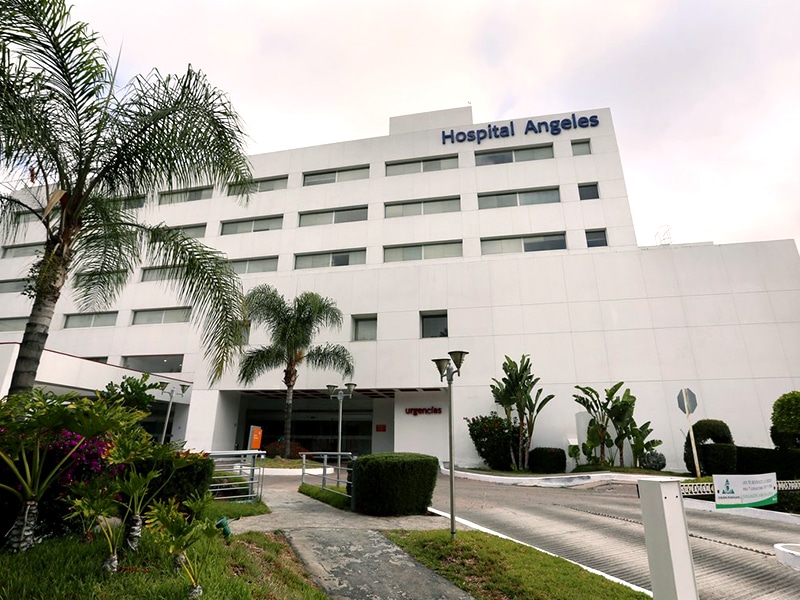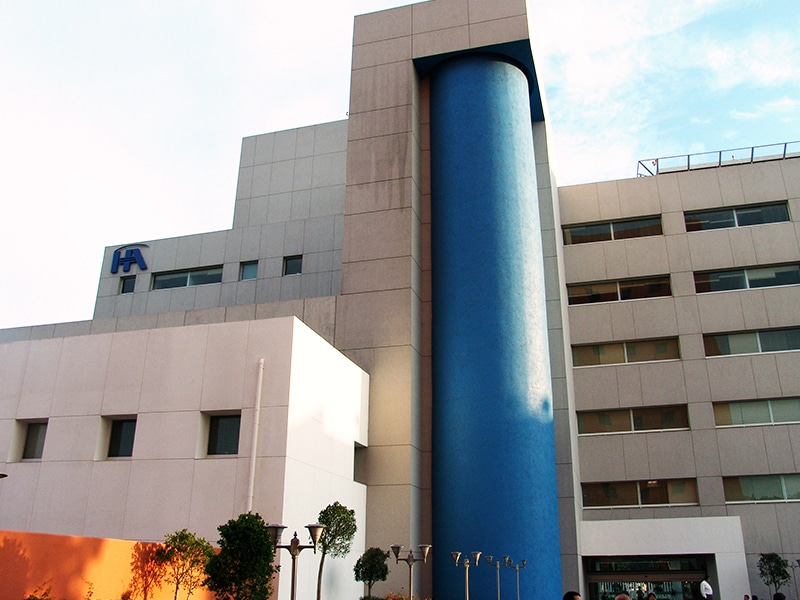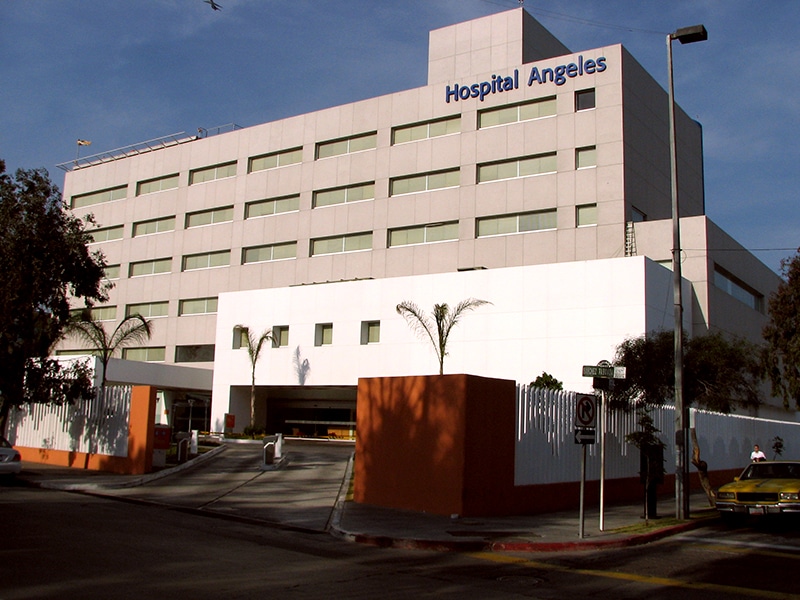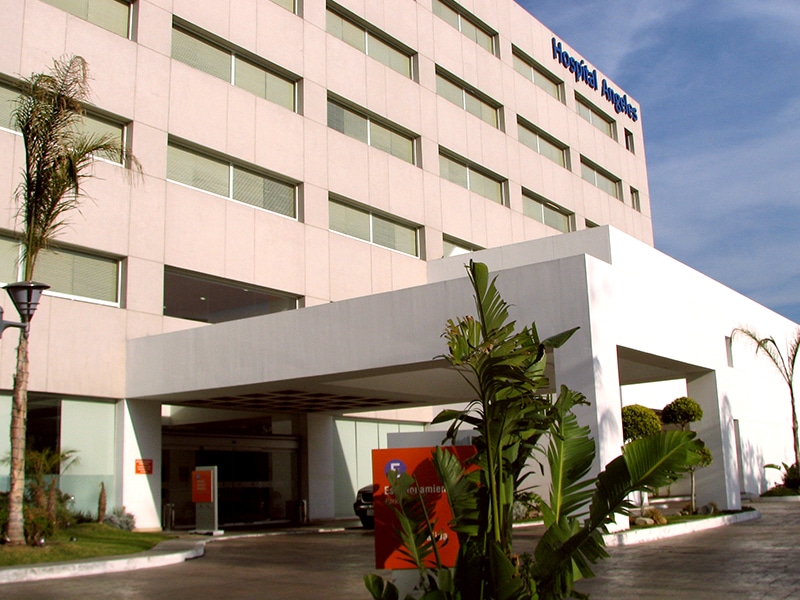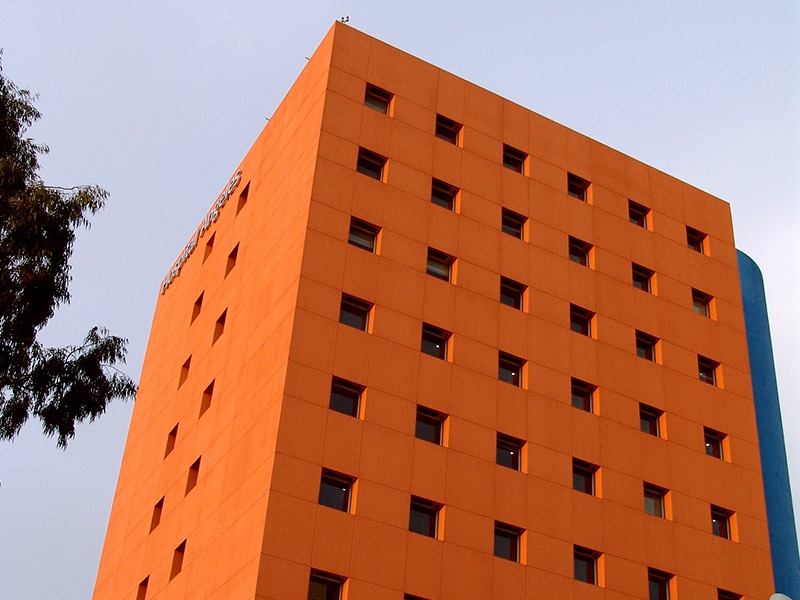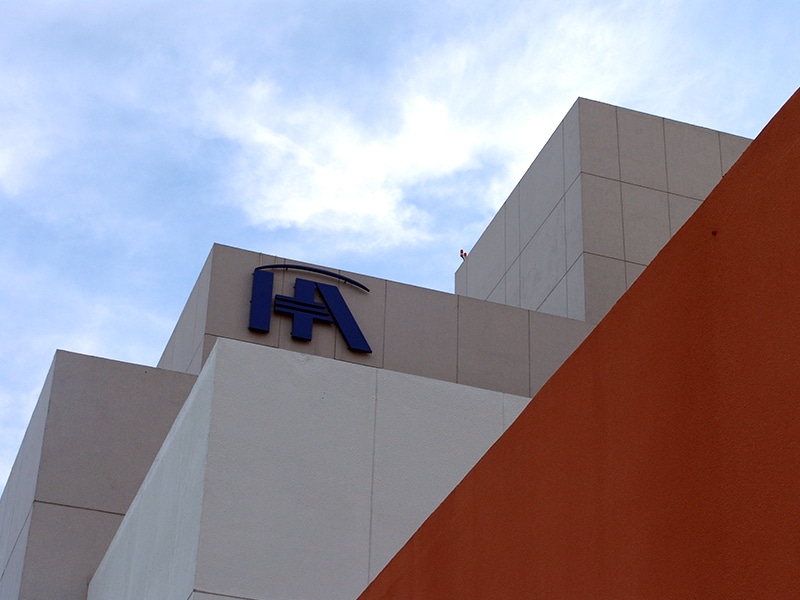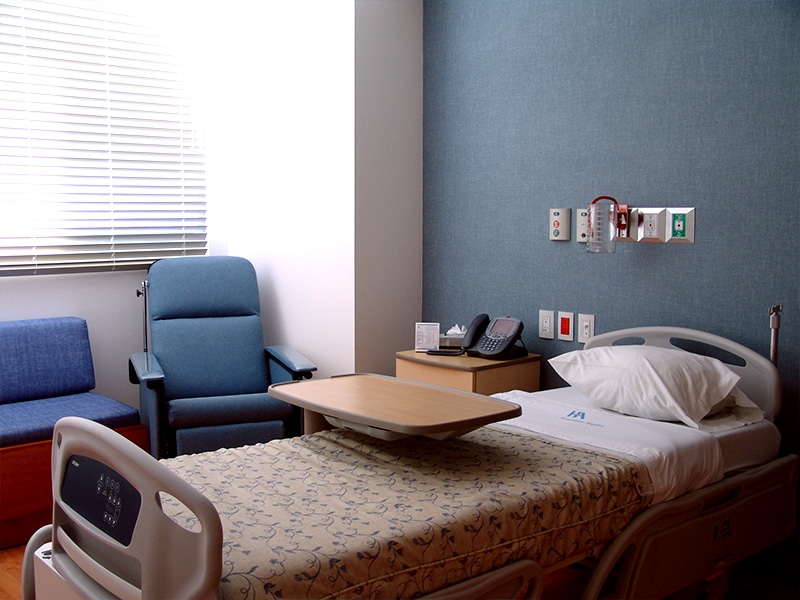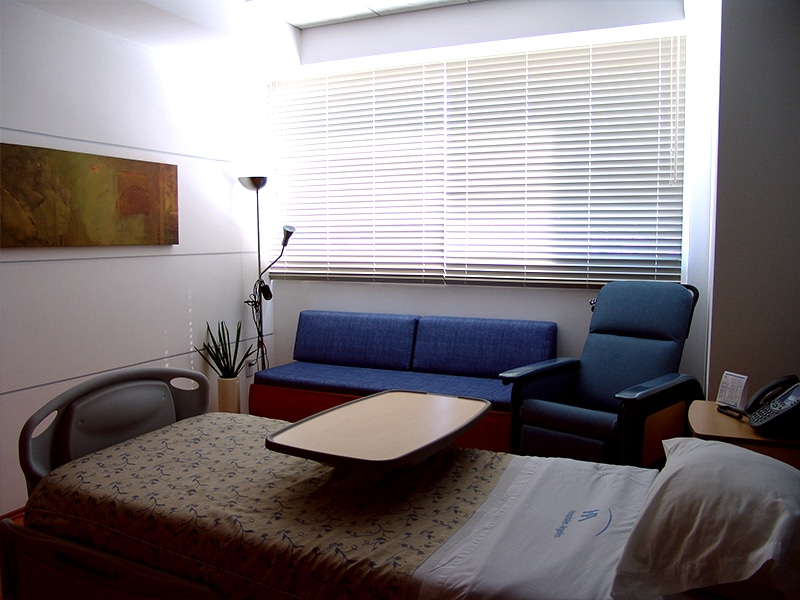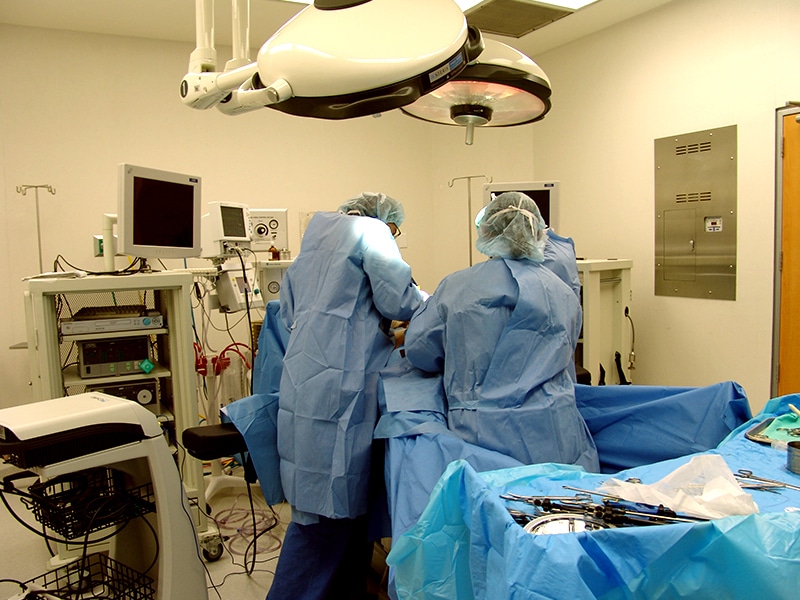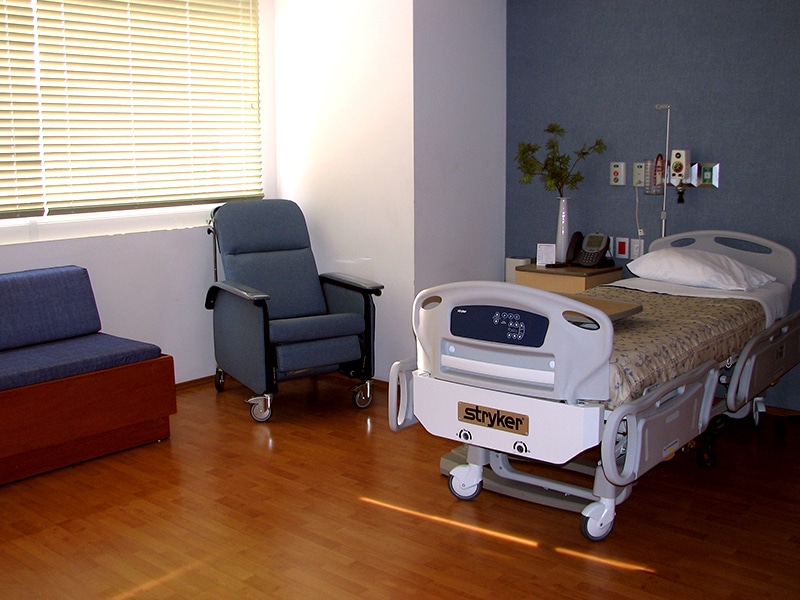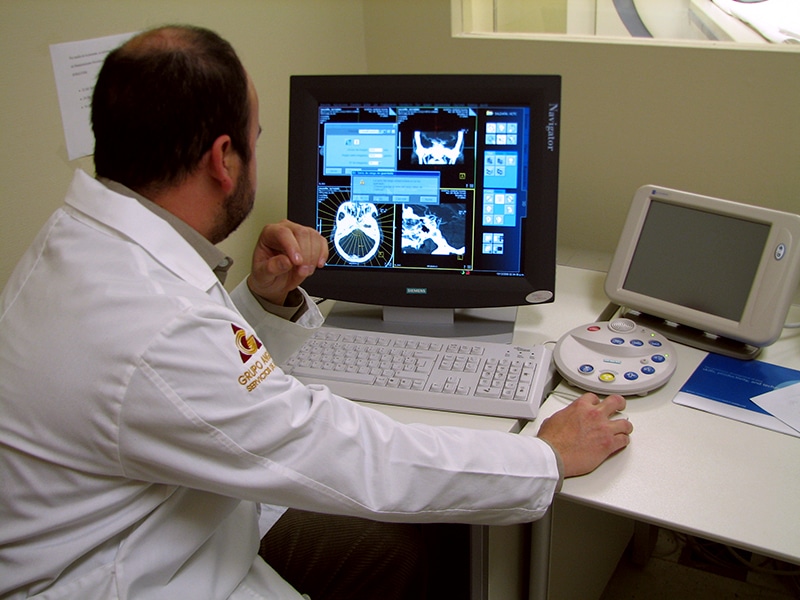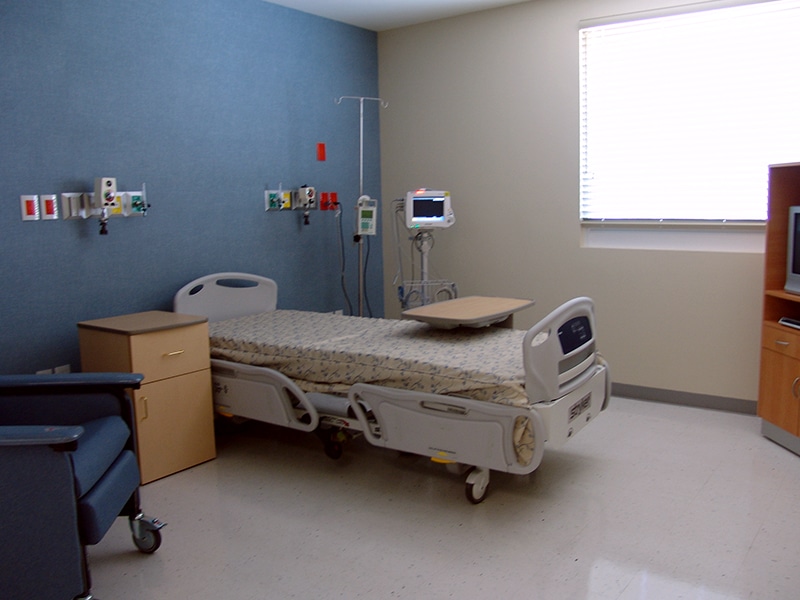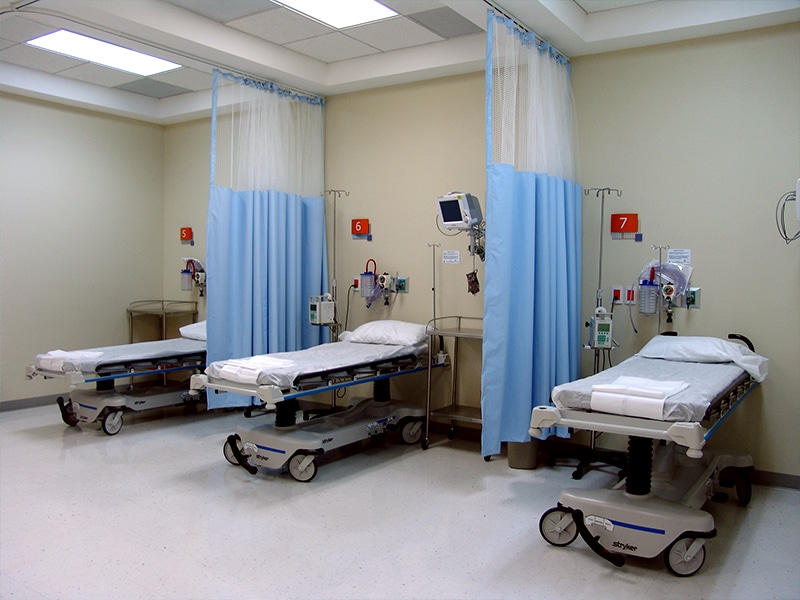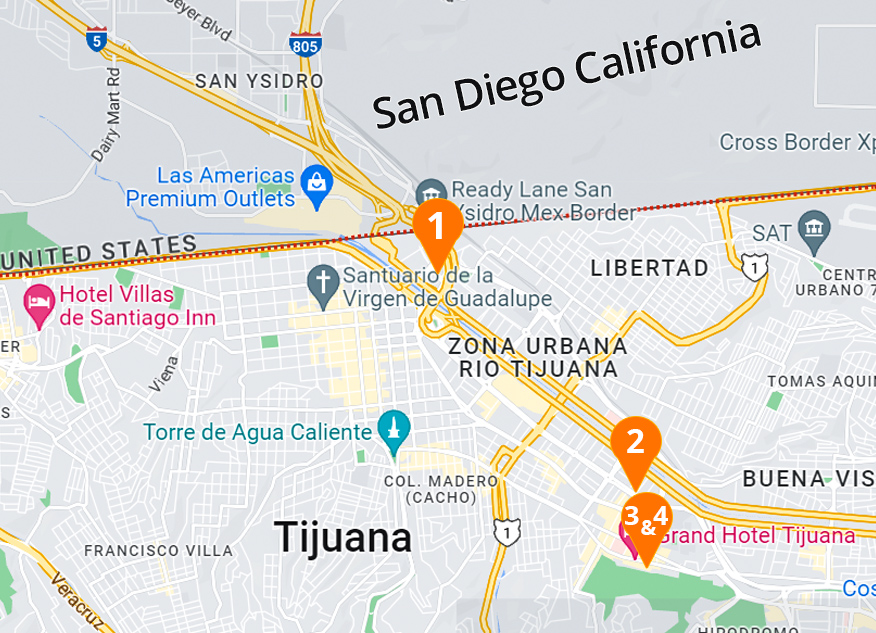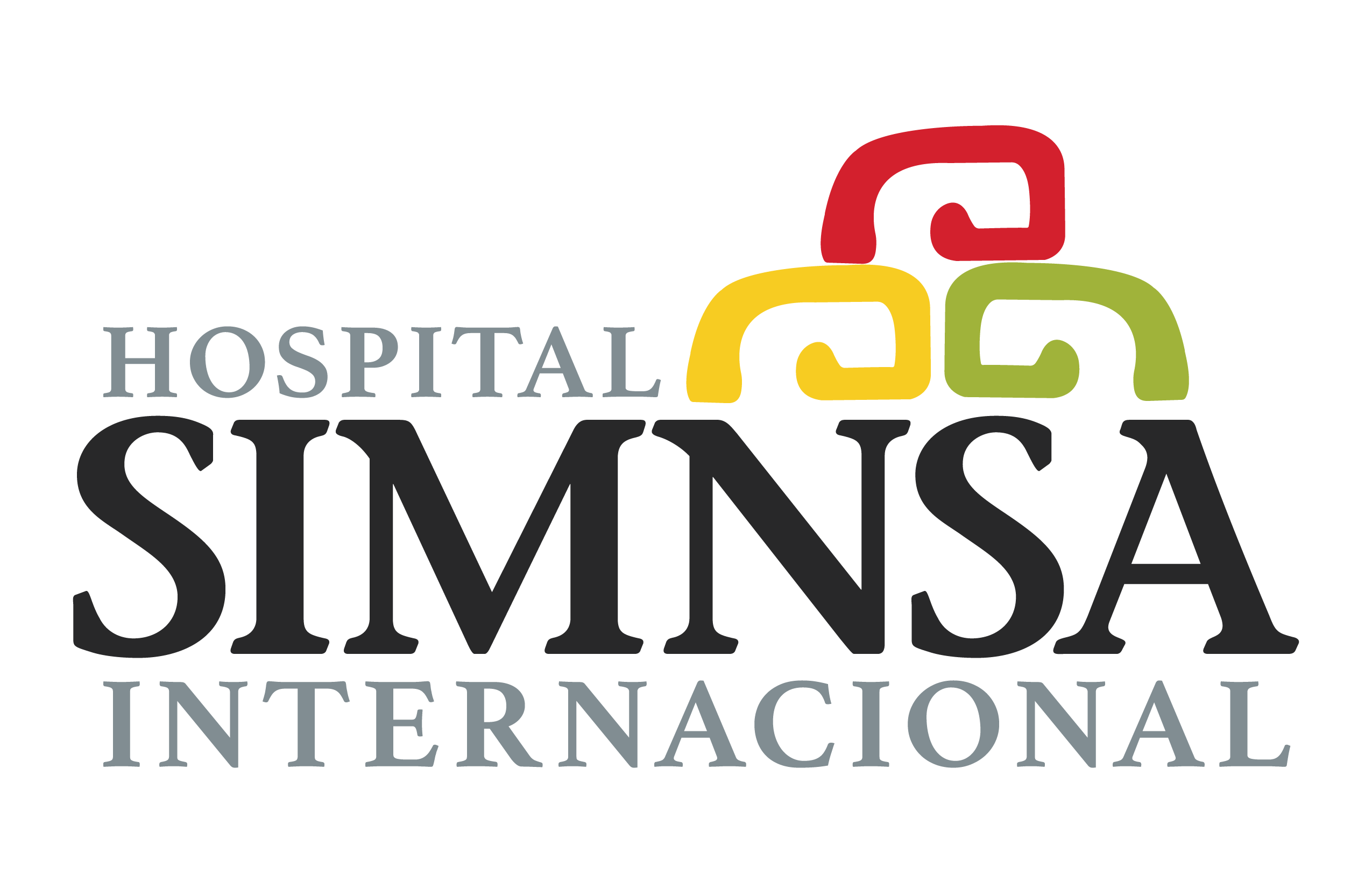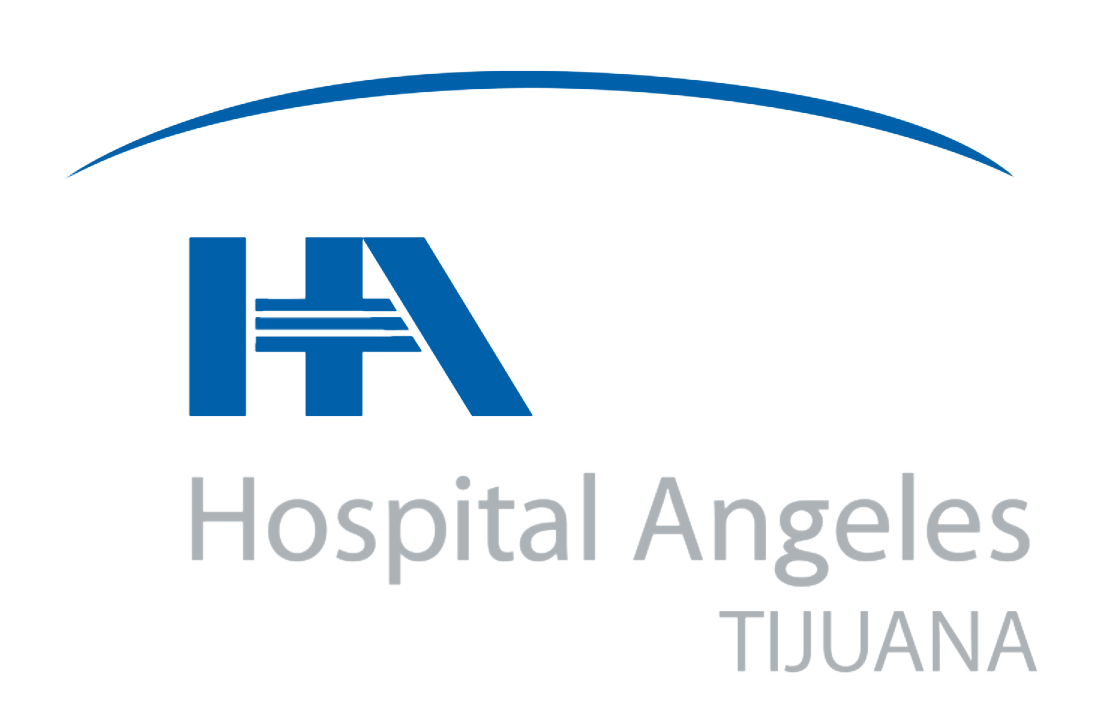Corrective Jaw Surgery
Our Price: Varies
Corrective jaw, or orthognathic surgery is performed by an oral and maxillofacial surgeon (OMS) to correct a wide range of minor and major skeletal and dental irregularities, including the misalignment of jaws and teeth. Surgery can improve chewing, speaking and breathing. While the patient’s appearance may be dramatically enhanced because of their surgery, orthognathic surgery is performed to correct functional problems.
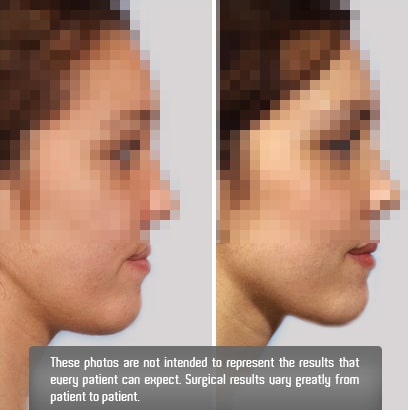
Our Facilities
Most Trusted and Recognized Hospital for +40 years
- Personalized attention with US based case manager
- Peace of mind of knowing you are at getting treated by the highest quality and most prestigious hospital in Mexico
- Most recognized and trusted private medical institution in Mexico with over 40 years
- Fully equipped hospital with emergency rooms and 24hr. nurses for any type of unexpected situation (Not a Clinic like most)
- Best medical facilities by far
- Transportation
- Many amenities
- Biggest rooms with room for companion
Corrective Jaw Surgery
Conditions that may indicate the need for Corrective Jaw Surgery:
- Difficulty chewing, or biting food (Underbite)
- Difficulty swallowing
- Chronic jaw or jaw joint (TMJ) pain and headache
- Excessive wear of the teeth
- Open bite (space between the upper and lower teeth when the mouth is closed)
- Unbalanced facial appearance from the front, or side
- Facial injury or birth defects
- Receding chin
- Protruding jaw
- Inability to make the lips meet without straining
- Chronic mouth breathing and dry mouth
- Sleep apnea (breathing problems when sleeping, including snoring)

